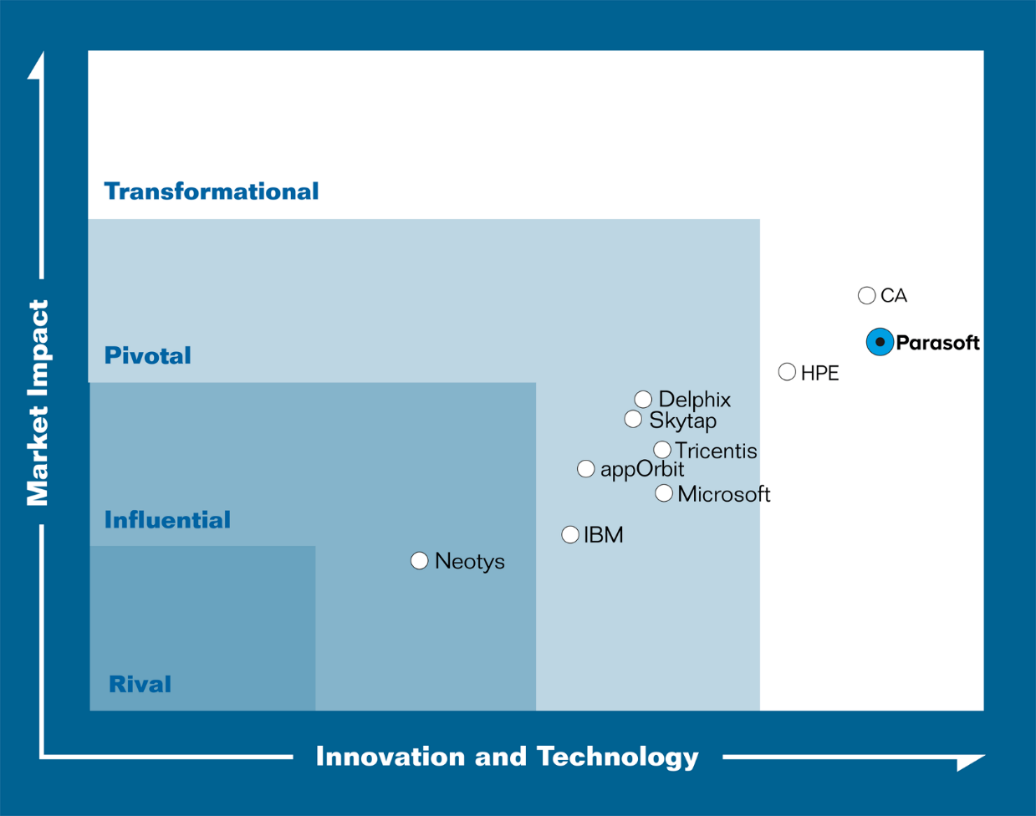Service virtualization allows software engineering teams to “statefully” simulate and model dependencies that are unavailable or incomplete, including:
- Services
- Components
- Databases
- APIs
- Applications
- Databases
- Data sets
- Mobile platforms
Service virtualization is the key to testing scenarios that are difficult to reproduce, especially when paired with environment management and test data generation. Software engineering teams can accurately model real-life behaviors of software before production.
The most compelling capability of service virtualization is statefulness: a virtualized asset’s ability to store the interaction and trigger it with another component for use across the software team. Previously, developers used non-scalable, manual techniques like mocking and stubbing for stand-in dependencies.
Using service virtualization allows for:
- Realistic behavior for changing scenarios
- Asset sharing across teams and simultaneous use
- Asset modification for creating different conditions and behaviors


